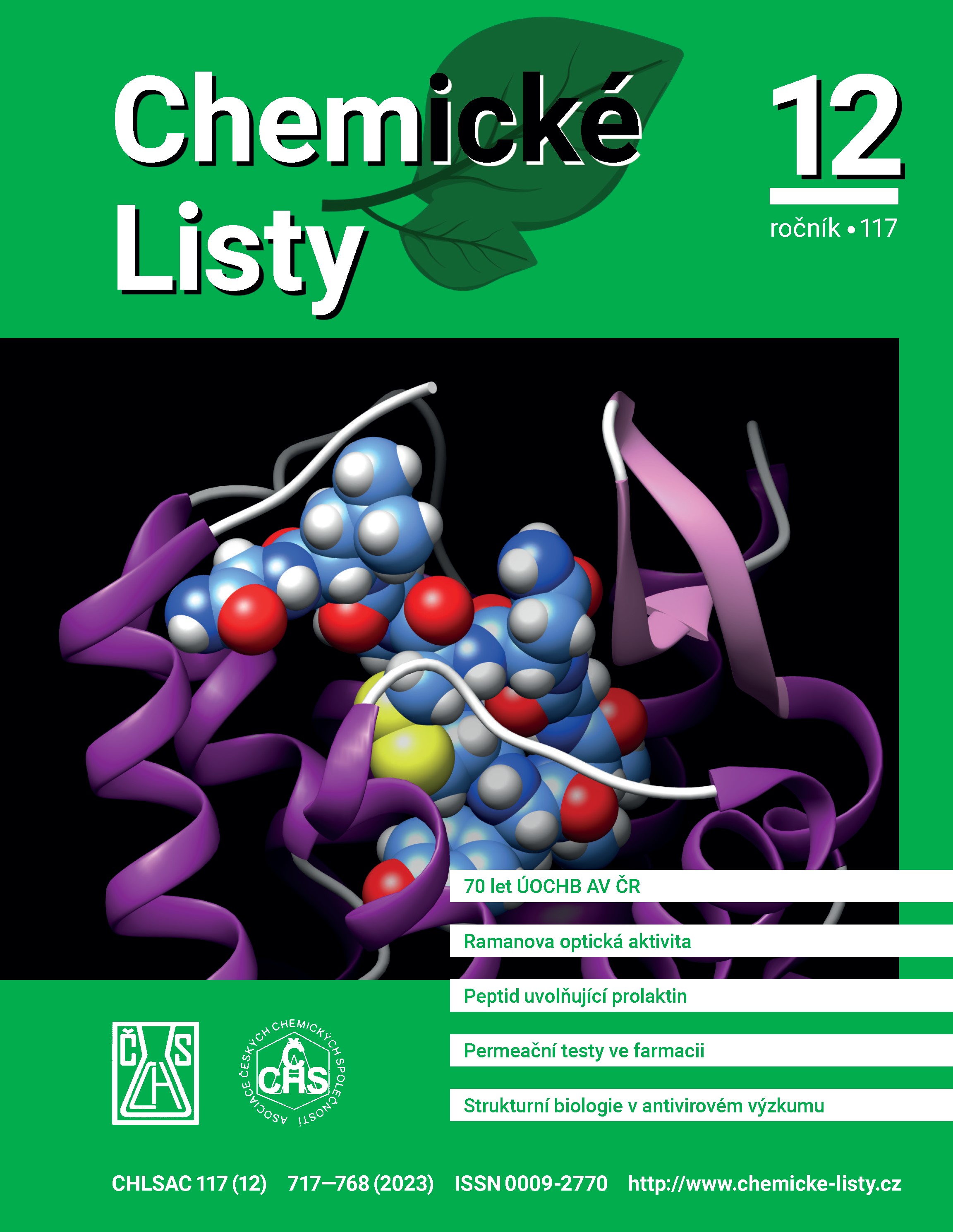Structural Biology in Antiviral Research – A Story Illustrated by the Tales of Lipid Kinases, STING and Viral Methyltransferases
The article is dedicated to the 70ᵗʰ anniversary of the founding of the Institute of Organic Chemistry and Biochemistry of the CAS in Prague
DOI:
https://doi.org/10.54779/chl20230755Keywords:
antivirals, lipid kinase, STING, methyltransferase, virusAbstract
This article focuses on the role of structural biology in the development of small molecules that serve as protein ligands, which could potentially be used as drugs in the future. Experimental methods are utilized to obtain structural information about proteins, which then allow for virtual screening of extensive libraries of substances. The discovered ligands are further experimentally verified, with structural biology playing a crucial role in their refinement. The goal is to develop a ligand with high affinity and specificity, which could become an effective medicine. This is followed by the optimization of these substances from a chemical and pharmacological standpoint. The entire process is illustrated with examples from the recent past, such as lipid kinases, the stimulator of interferon genes (STING), and viral methyltransferases.
Full text English translation is available in the on-line version.





